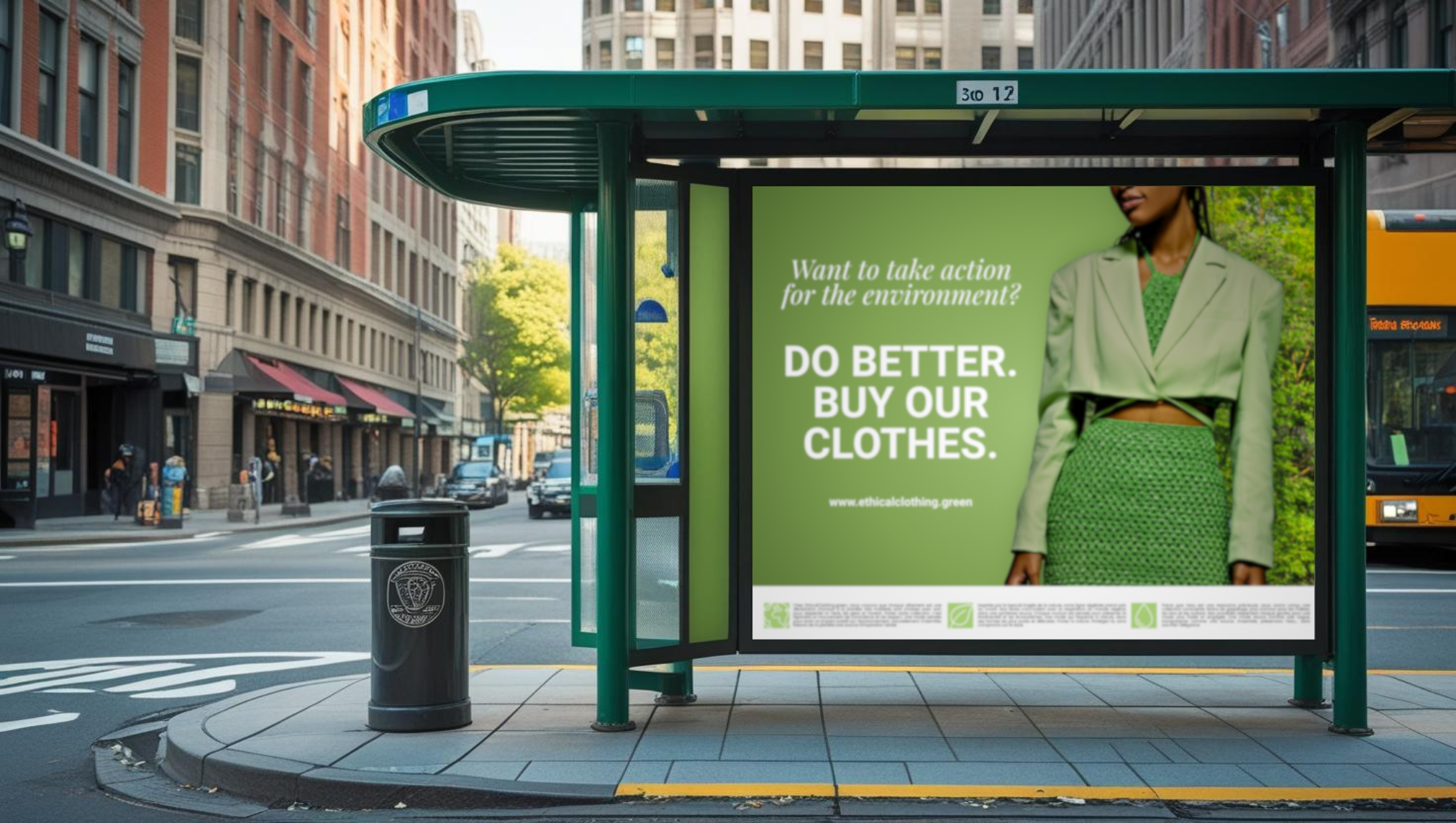The European regulation against deforestation explained to brands
A practical guide for brands & importers to comply with the new EU anti‑deforestation law.
Introduction: Presentation of the European Regulation against Deforestation
The European Regulation against Deforestation and Forest Degradation is part of the European Union's fight against imported deforestation.
It currently applies to 7 particularly high-risk commodities that may originate from deforested areas: cattle products, cocoa, coffee, palm oil, rubber, soy, and wood, as well as their by-products. It is also announced as the first step before expanding to other product categories.
This regulation defines 3 compliance criteria for all products imported into or exported from the EU. These products must:
- Be deforestation-free
- Comply with the legislation of the country of production
- Undergo a due diligence declaration
The first evolution allowed by this regulation is the legal definition of deforestation as the conversion of forest for agricultural use, with "forest" defined as an area of more than 0.5 hectares with trees higher than 5 meters and forest cover exceeding 10%.
The EU's ambition is to extend this definition in the future to include other forested areas that are currently excluded, such as the Brazilian Cerrado.
The second major evolution is the establishment of a due diligence procedure for products that may originate from deforestation.
This regulation is accompanied by a series of other environmentally-focused texts, both French (AGEC law, Climate and Resilience law) and European (CSDD, Green Claims Directive, European textile strategy).
The due diligence procedure of the European regulation against deforestation: supplier data collection, risk assessment, and information sharing
The European regulation against deforestation and forest degradation imposes 3 steps of due diligence on all operators importing or exporting products containing any of the 7 concerned commodities (beef, cocoa, coffee, palm oil, rubber, soy, and wood) within/outside the EU.
These 3 steps are:
- The collection of all necessary data for upstream and downstream traceability of the product.
- A documented assessment of the risk of deforestation.
- A deforestation risk mitigation plan.
We detail them below.
At the heart of this new legislation is an ambition to systematize information sharing among value chain actors and with authorities. The regulation introduces an obligation to share with downstream operators and traders all information demonstrating that due diligence has been exercised. An online declaration system will also be implemented.
1 - The collection of all necessary data for upstream and downstream traceability of the product
The data collection required to comply with the regulation against deforestation includes:
- The product description (name, list of materials used, and quantity of products used).
- The country of production and the geolocation of all plots of land (or establishments for cattle) where the base products were produced.
- The date or period of production.
- The name, postal address, and email of any product supplier.
- The name, postal address, and email of any downstream trader in the value chain.
- Any information that is "sufficiently conclusive and verifiable" attesting that the products in question are deforestation-free and comply with the legislation of the country of production.
2 - A documented assessment of the risk of deforestation
The risk assessment required by the regulation against deforestation is based on a list published by the EU assigning a general risk level to each country based on the presence of forests, the risk of corruption, the existence of consultations with indigenous populations, etc.
It is then supplemented with product-specific information such as the complexity of the supply chain, the quality of available information, or the risk of mixing with other products derived from deforestation.
3 - A deforestation risk mitigation plan
If the risk assessment does not demonstrate a negligible or zero risk of deforestation, the European regulation against deforestation requires brands to implement a deforestation risk mitigation plan.
Examples include conducting audits or requesting additional information.
Controls and sanctions in case of non-compliance with the European regulation against deforestation
The European regulation against deforestation provides for compliance checks carried out by the Member States, which will be more frequent for products with a high risk of deforestation.
Sanctions for non-compliance include:
- Recall and confiscation of products.
- Confiscation of income related to the product.
- Prohibition of selling products containing the same commodity.
- Fines of up to 4% of the annual turnover within the EU.
Timeline for the adoption and entry into force of the European regulation against deforestation
📅 June 29 2023
Entry into force of the law, 20 days after its publication in the Official Journal of the EU in early June and following adoption by the European Parliament and the Council of the EU in April and May.
📅 December 2024 (18 months after the entry into force of the regulation)
Implementation of obligations for large companies.
📅 End of 2024
Publication by the European Commission of the risk zones classification.
📅 June 2025 (24 months after the entry into force of the regulation)
Implementation of obligations for SMEs and micro-enterprises.
Leather, wood, rubber : details of certain products covered by the regulation.
Non-exhaustive of cattle-related products included in the regulation:
- Live domestic cattle
- Raw hides and skins of bovines (fresh or salted, dried, limed, pickled, or otherwise preserved, but not tanned, parchmentized, or further prepared), even without hair or split
- Tanned or crust hides and skins of bovines, without hair on, even split, but not further prepared
- Bovine leather, prepared after tanning or crusting, including parchment-dressed leather, without hair on, even split.
Non-exhaustive of rubber-related products included in the regulation:
- Natural rubber, balata, gutta-percha, guayule, chicle, and similar natural gums, in primary forms or plates, sheets, or strips.
- Unvulcanized compounded rubber, in primary forms or plates, sheets, or strips, or in other forms.
- Vulcanized rubber threads and cords.
- Plates, sheets, strips, rods, and profiles of unhardened vulcanized rubber.
- Inner tubes, of rubber.
- Clothing and accessories (including gloves, mittens, and mitts) of unhardened vulcanized rubber, for all purposes.
Non-exhaustive of wood-related products included in the regulation:
- Firewood
- Rough wood, even without bark, sapwood, or roughly squared.
- Prefabricated wooden buildings.
- Wooden frames for paintings, photographs, mirrors, or similar objects.
- Wooden articles for table or kitchen use.
- Marquetry and inlaid wood; jewelry or silverware boxes, cases, and similar articles, of wood; wooden statuettes and other ornaments; wooden furniture not falling under Chapter 94.
- Seats [...], even convertible into beds, and their parts, of wood, wooden furniture and their parts.
Details of the content of a due diligence declaration
The due diligence declaration must include, among other things:
- The name and address of the operator and the registration and identification number of the economic operators.
- The harmonized system code / description in free text form, including the trade name and, if applicable, the full scientific name, and the quantity of the product in question that the operator intends to place on the market or export. [...]
- The country of production and geolocation of all plots where the relevant basic products were produced. [...]
- If the declaration refers to an existing declaration, the reference number of the latter.
- A statement confirming the absence of risk of deforestation
As deforestation continues to accelerate globally, it is urgent to reconsider our production methods and criteria for evaluating imported products. The European regulation against deforestation and forest degradation, which came into effect in June 2023 and will apply to all products imported into or exported from the EU starting from the end of 2024, is an important step in this direction.
This regulation aims to establish a due diligence procedure to ensure the absence of deforestation in the production process of 7 key commodities, including leather, wood, and rubber.
The new measures, from systematizing data collection from suppliers to assessing the risk of deforestation by country of production, have profound operational implications for many companies in the fashion industry.
In this article, you will find an explanatory summary of the main obligations provided by the European regulation against deforestation and their implementation timeline.
white paper
replay
Summary
Fill out the form below.





.avif)

.avif)